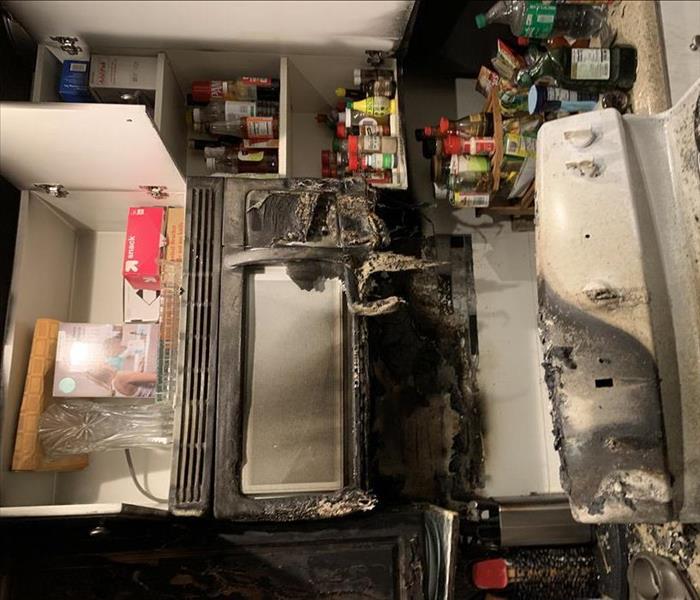The Importance of Air Quality Testing After a Fire
4/17/2024 (Permalink)
 In this blog, we will explore the reasons why air quality testing is essential after a fire, as well as how these tests work.
In this blog, we will explore the reasons why air quality testing is essential after a fire, as well as how these tests work.
After experiencing a fire, the immediate focus is often on assessing and repairing visible damage. However, the air quality within a fire-damaged structure is equally crucial to address. Air quality testing plays a vital role in ensuring a safe environment for occupants and aiding in effective fire damage restoration. In this blog, we will explore the reasons why air quality testing is essential after a fire, as well as how these tests work. By understanding the importance of air quality testing, homeowners and businesses can take the necessary steps to restore a healthy living or working environment.
Importance of Air Quality Testing After a Fire
- Identification of Invisible Contaminants: Smoke and soot particles left behind after a fire can permeate the air and settle on surfaces, leading to long-term exposure risks. Without air quality testing, these invisible contaminants can go unnoticed, posing potential health hazards to occupants. Testing helps identify the presence of harmful particles, allowing for appropriate remediation measures.
- Comprehensive Restoration: Building materials, including walls, ceilings, and floors, may release volatile organic compounds (VOCs) when exposed to fire and smoke. These compounds can impact the air quality and linger long after the fire has been extinguished. Air quality testing helps ensure that comprehensive restoration efforts address these compounds, creating a healthy and habitable environment.
- Effective Remediation Planning: Knowing the level and types of contaminants in the air is crucial for planning effective fire damage restoration. Air quality testing provides valuable data on the extent of contamination, allowing professionals to make informed decisions regarding the remediation process. This ensures that the appropriate techniques and equipment are utilized to restore air quality effectively.
How Air Quality Tests Work
- Initial Assessment: Certified professionals, such as those from SERVPRO®, conduct a comprehensive evaluation of the fire-damaged structure to determine the key areas of concern. They identify potential sources of contamination and develop a testing plan accordingly.
- Sample Collection: Various methods are used for air quality testing, including air samplers, particle counters, and gas analyzers. These tools collect samples of the indoor air, as well as particles settled on surfaces and materials. The samples are then sent to a laboratory for analysis.
- Laboratory Analysis: In the laboratory, the collected samples undergo rigorous testing and analysis. Professionals assess the composition of the air, measure the levels of particulate matter, and identify the presence of harmful chemicals or VOCs. The results provide critical insights into the air quality and contamination within the space.
- Interpretation of Results: Once the analysis is complete, professionals interpret the results to determine if air quality remediation is necessary. Based on the findings, they developed a customized plan for restoring and improving the air quality.
Air quality testing after a fire is a crucial step in the fire damage restoration process. It helps identify invisible contaminants, facilitates comprehensive restoration efforts, and enables effective remediation planning. By investing in professional air quality testing, homeowners and businesses can ensure a safe and healthy living or working environment post-fire. Certified professionals, such as those from SERVPRO, employ advanced techniques and equipment to collect samples and conduct thorough laboratory analyses. Remember, when it comes to fire damage restoration and air quality testing, rely on certified experts to restore your property to its pre-fire condition and promote a healthy indoor environment.





 24/7 Emergency Service
24/7 Emergency Service